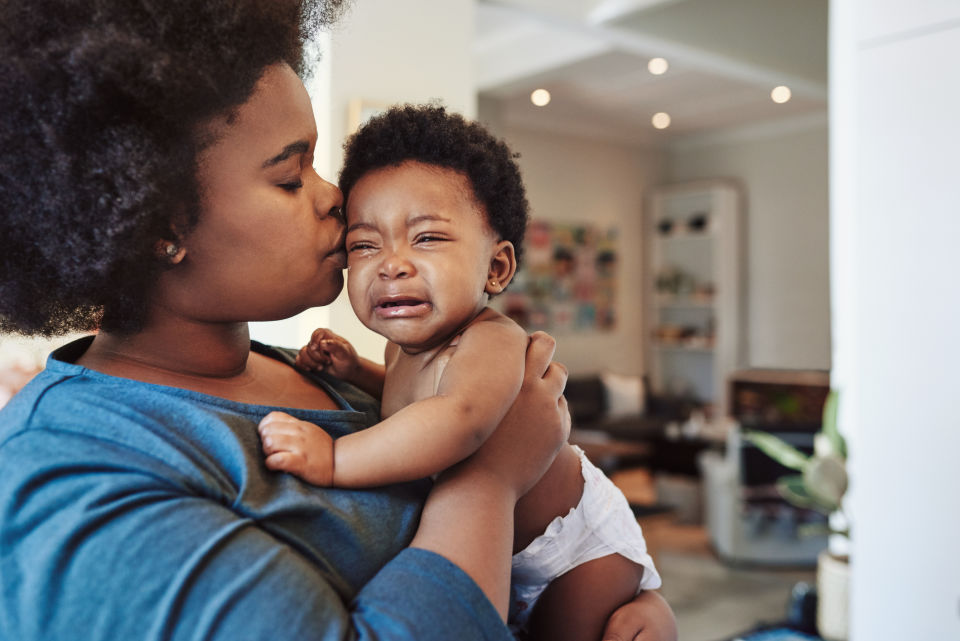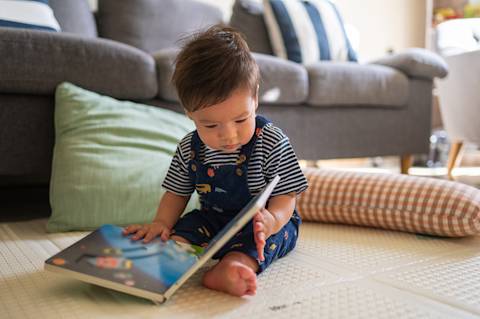Children have the best belly laughs and joyful squeals of happiness. They feel their feelings fully! But sometimes they need the help and support of their caregivers to better understand how to express their feelings in a healthy way. As caregivers, when we approach these emotional moments from a place of peace, we put ourselves in the best position to support our children when they feel big emotions.

As children learn and grow, they experience a wide range of big emotions. Often, they don’t yet know how to handle these emotions, which can come out as tantrums or tears. These are great opportunities to coach your child through their big feelings.
Children look to us as their guide and learn to copy our behaviors. Peaceful parenting, also called calm caregiving, emphasizes the importance of managing our emotions as a caregiver, especially in stressful moments. It can help us develop stronger relationships with our children as we’re focused on coaching them through difficult moments, rather than forcing or controlling them. This increased focus on coaching over controlling helps avoid power struggles with our children. There are many benefits of peaceful parenting:
You stay in control in difficult situations and can make decisions that benefit both you and your child.
Your child learns healthy behaviors and what it looks like to manage emotions. Children pick up on what their caregivers do, so the more you can model positive behavior, the more you’ll see it reflected back from your children.
It helps you build a stronger relationship with your child, as they see you as someone they can turn to for help when they’re having a difficult time.
You’ll likely find yourself raising your voice less often and not getting caught up in power struggles with your child. Not only does this benefit your relationship with your child, but many caregivers find they experience less parent guilt when they can avoid raising your voice as much as possible.
A great first step on your path to peaceful parenting is taking a pause before reacting in difficult moments. When your heart starts beating faster or you find yourself breathing more quickly in response to a difficult situation, take a deep breath, count to five, and let all the air out of your body. We often call this dragon breathing, and you can read more about it in our previous article.
You can explain to your child what you’re doing in kid-friendly terms. For example, “I’m feeling some big emotions right now. I’m going to take a big breath to feel calm. Do you want to try it with me?” Then, you can repeat this each time you or your child is experiencing big emotions. Soon, it will become another routine that’s part of your day-to-day life.






